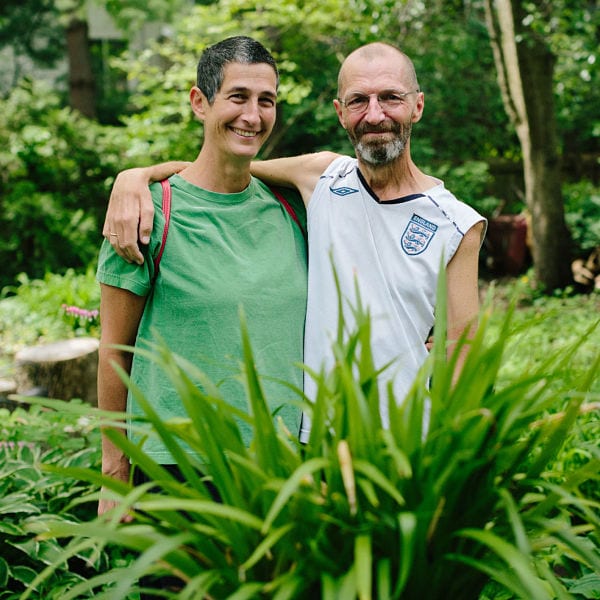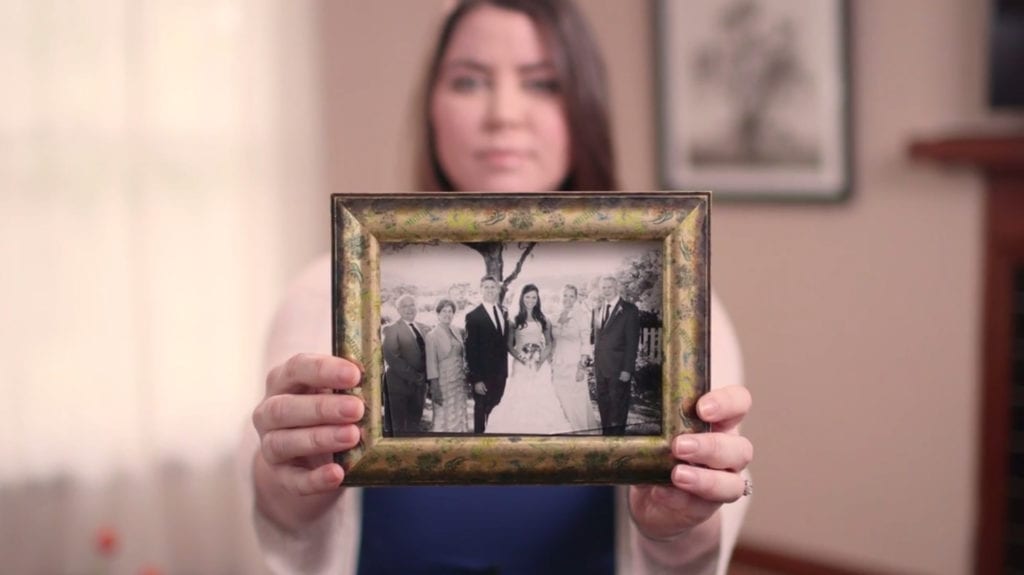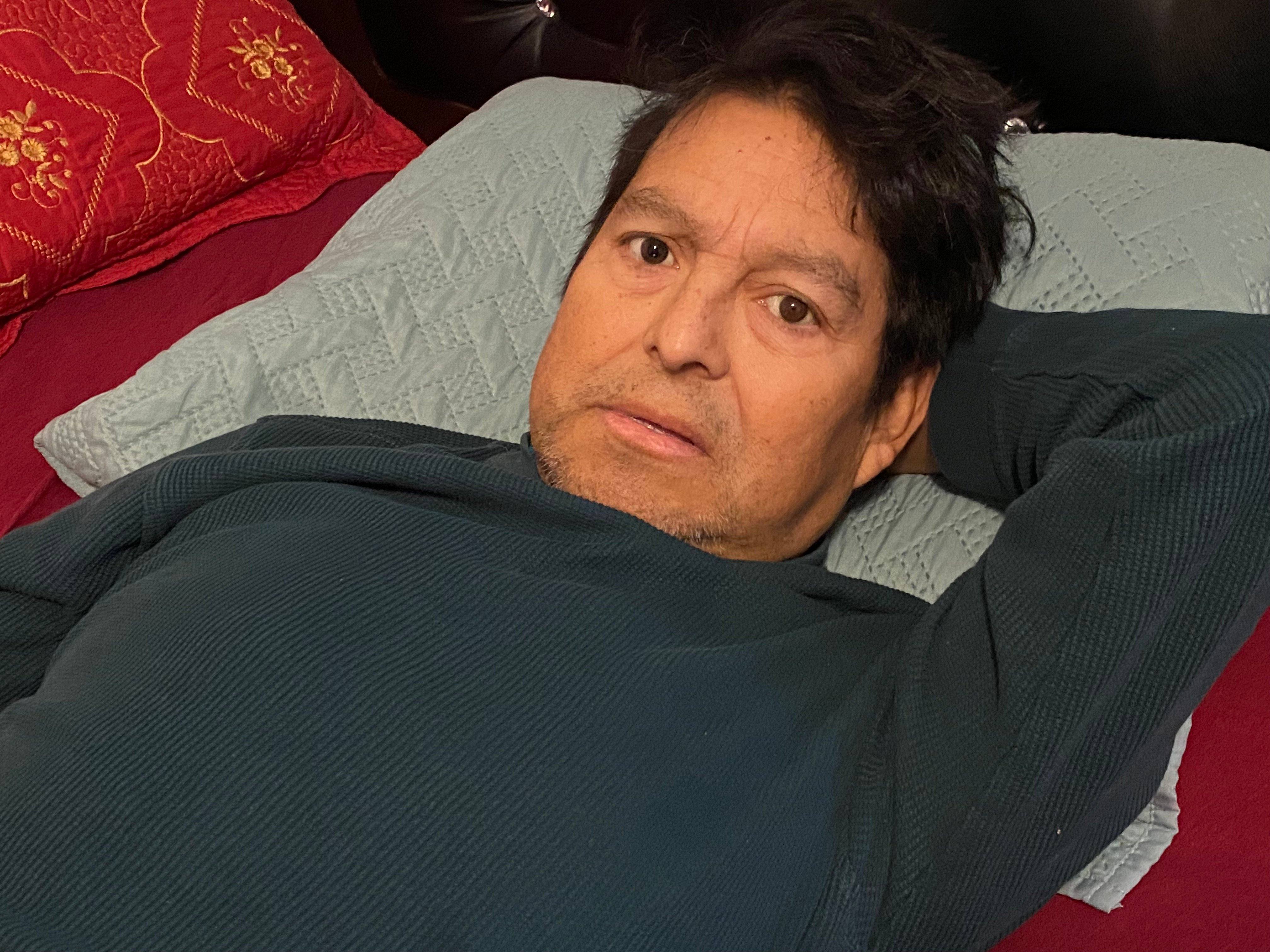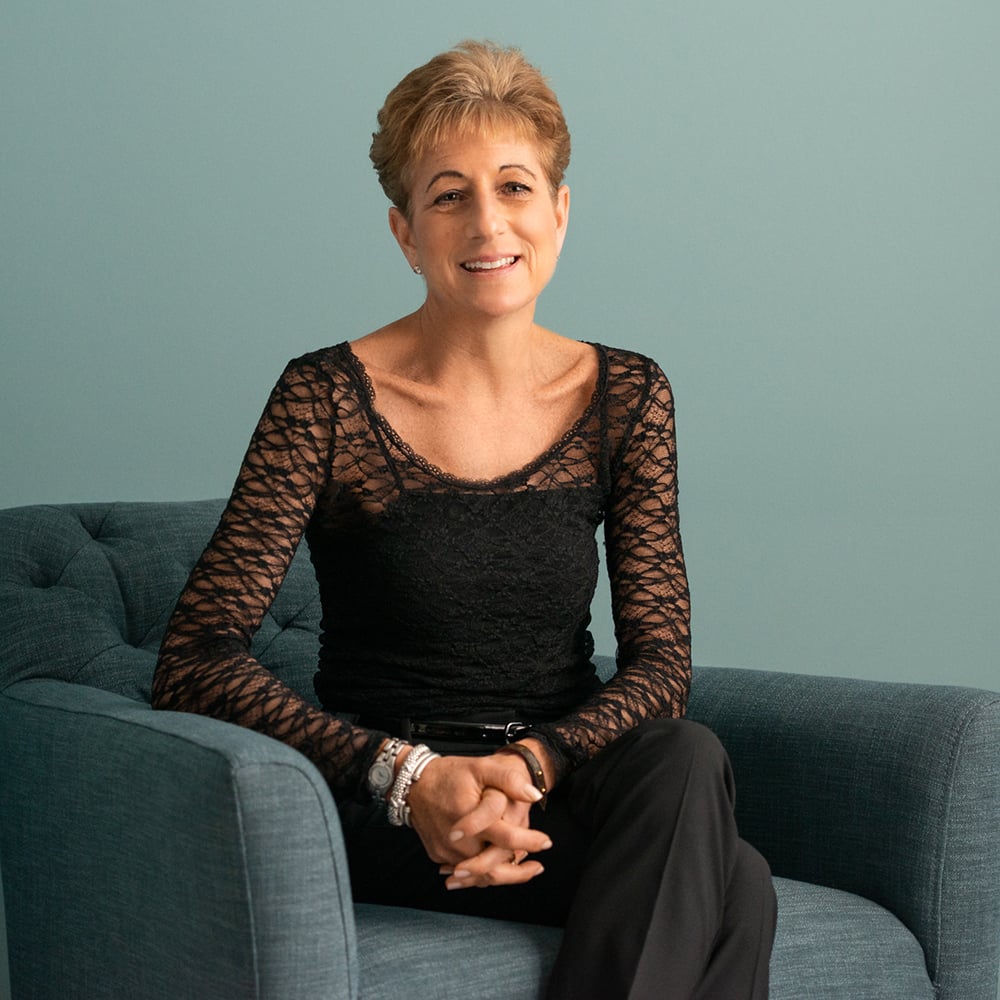Rae shared her story in February of 2020.
My husband, Ray Spooner, was diagnosed with ALS in December 2014. He slipped away peacefully surrounded by our family one year and eight months later.
Ray was an avid cyclist, an adoring husband, and a very unique person. It was not unusual for him to bike 100 miles in one day. He was big on documenting his family's life and in his last year started a blog. We also have over 2,000 photos from a professional photographer's photo essay on death and dying, spanning from April 2015 to his funeral on August 10, 2016. He was a midwife and delivered 2,095 babies locally, including his first grandson. He helped bring life into this world and had a healthy understanding of death.
At the time of his diagnosis, Ray immediately knew what was going to be on his bucket list: (1) Spending more time with family; (2) Riding his bike from the Pacific Ocean to the Atlantic Ocean to raise money to help build awareness and find a cure for ALS; and (3) Becoming a Bar Mitzvah. Ray had converted to Judaism soon after our third child was born, and in July of 2015 he was bar mitzvahed at the age of 56. It was his last chance to be surrounded by so many people who loved him while celebrating him while he was still alive.
In October of 2015, Ray started his 3,095-mile bike ride across the country by dipping his rear wheel into the Pacific ocean. It was a race against time; if he had lost more strength in his right hand, he wouldn’t have been able to complete the ride on his two wheeler. On the 5th day, with over 2,000 miles still to go, he had an accident in Phoenix, Arizona. Ray's fall resulted in a broken arm, three broken ribs, three broken vertebrae, a partially collapsed lung, and a concussion. While recovering in the SAG (support and gear) van, Ray decided to get a recumbent trike so that he could complete the ride under his own power. Riding his bike nourished Ray’s soul, “I can propel myself with a measure of grace that is sadly missing on two legs.” Thirty-three days after starting in California, Ray finished his ride in Saint Augustine, Florida by dipping his front tire of his bike in the Atlantic Ocean.
After the ride across the country was over we got into a routine at home. Things were changing rapidly. At one point I asked Ray, “What do you want me to do?” And he responded, “Oh, you’ll know.” I felt frustrated and wanted him to tell me exactly what he envisioned as my caregiving role. Two days later, while getting him comfortable in bed, I realized he wanted me to doula him out, and that’s what I did. He gave me something that I already knew how to do. I knew how to help people through life-changing transitions.
Ray eventually lost the use of his arms and his voice. In May 2016, Ray woke up gasping for air. He said it felt like he was breathing through a pinhole. He shared, “What scared me the most was the thought that this feeling of air hunger is what it was going to be like at the end. My first taste of what lay ahead.” The following month, Ray and I decided to switch from palliative care to hospice.
Ray was never angry or bitter about his diagnosis, however, he wanted to die on his own terms. Soon after Ray was diagnosed, we briefly floated the idea of moving to Oregon to have access to medical aid in dying, but we were never willing to leave our home, family, and community. We both thought, “Wouldn’t it be nice if Illinois had the law that Oregon has.” The dominating factor was always remaining at home.
He accepted what was given to him. He lived a good, full life and he knew it. He was at peace in dying, however, he did not want our last memory of him to be on a ventilator, not being able to die peacefully. It was important to Ray that he have some control and feel dignified in his death.
The last two weeks of his life, Ray said it was a race between his legs and his lungs. At that point, Ray was using a BiPAP (Bilevel positive airway pressure), a form of non-invasive mechanical pressure support ventilation that augments your own respiratory cycle, to sleep with as well as getting some help breathing during the day.
As I shared what Ray was experiencing and what he envisioned for his end-of-life journey, a friend stated, “It sounds like Ray just needs to pick the date he wants to die.” I stewed on his statement for a while and then I told Ray what our friend had said. An hour later, Ray texted me the date: August 8th.
August 8th was only two weeks away. With the help of hospice, we planned for Ray’s last day. Planning for a scheduled death gave us the opportunity to invite loved ones to be there, which was important to Ray. His mother, sister and brother-in-law came in from England and our house was full of people. Ten to fifteen people regularly rotated into our bedroom to say goodbye and express their love for Ray. At some point, there were seven of us, including our family dog, on the bed with him.
I don’t know what we would have done without palliative care and hospice. They kept Ray comfortable at home in his last moments of life and ensured he had the dignified, planned death he wanted. On August 8, 2016, Ray died peacefully surrounded by our family.
Early on, Ray and I decided quality of life was much more meaningful than pursuing more time. We both felt that medical aid in dying should be an option in our home state. As a special education teacher, I have come to understand that one philosophy or one way of doing something does not work for everyone. You have to look at the individual and respect the individual. Illness and death are no different. Each person should be able to decide their own path.
We are fortunate that Ray was mindful of his medical decisions throughout the course of his illness. Ray was a self-proclaimed control freak and purposefully declined life-prolonging measures in order to maintain more control at the end. His end-of-life decision to plan for the day of his death was an incredibly emotional and extremely personal choice, involving many factors.
Not everyone’s illness involves respiratory decline that allows for the removal of a BiPAP or ventilator (with the support of hospice). I don’t believe anyone should be made to suffer needlessly, without the option of medical aid in dying. Terminally ill individuals with six months or less to live should be allowed to choose the path that is right for them. As Ray said a month before his death, “I don’t think you ever really know how you’re going to face any given situation until you’re actually confronted with it.” Options allow for end-of-life decisions to be made once one is confronted with their imminent death.






